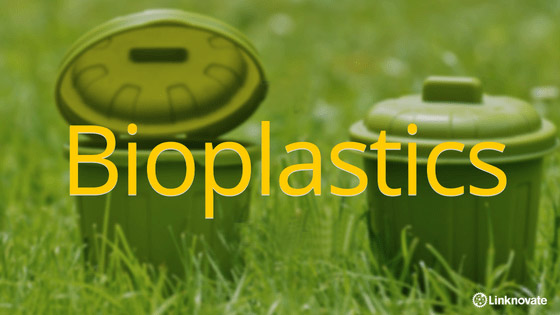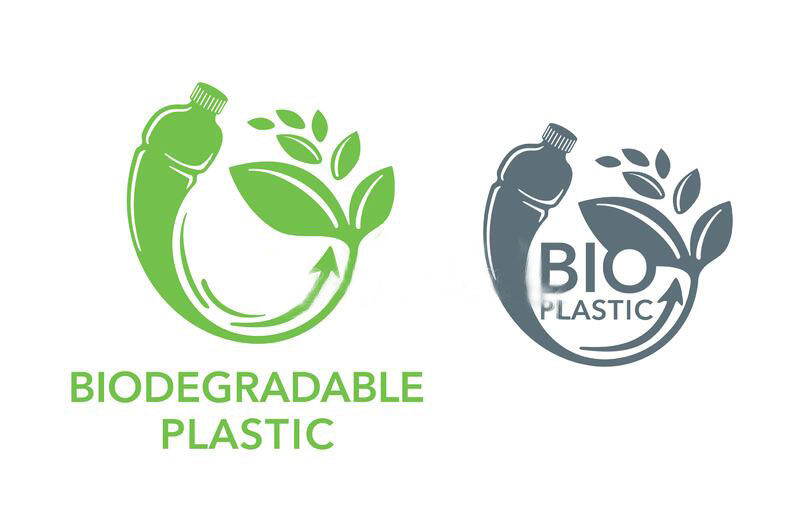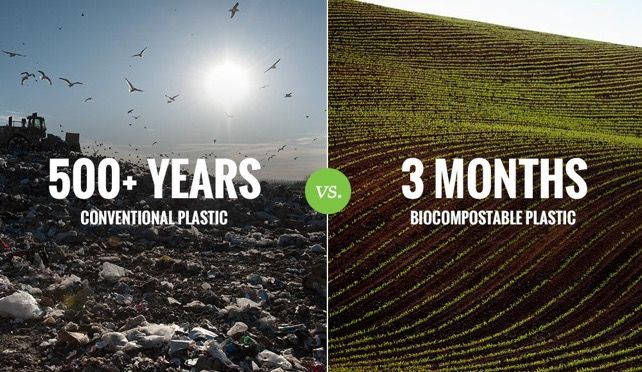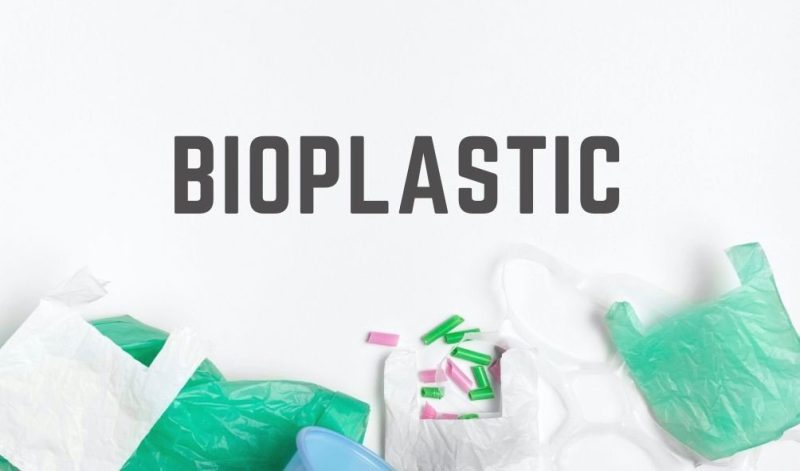The Side Effects of Bioplastic Production
- While bioplastics are generally considered to be more eco-friendly than traditional plastics, a 2010 study from the University of Pittsburgh found that wasn’t necessarily true when the materials’ life cycles were taken into consideration.
- The study compared seven traditional plastics, four bioplastics and one made from both fossil fuel and renewable sources. The researchers determined that bioplastics production resulted in greater amounts of pollutants, due to the fertilizers and pesticides used in growing the crops and the chemical processing needed to turn organic material into plastic. The bioplastics also contributed more to ozone depletion than the traditional plastics, and required extensive land use. B-PET, the hybrid plastic, was found to have the highest potential for toxic effects on ecosystems and the most carcinogens, and scored the worst in the life cycle analysis because it combined the negative impacts of both agriculture and chemical processing.
- Bioplastics do produce significantly fewer greenhouse gas emissions than traditional plastics over their lifetime. There is no net increase in carbon dioxide when they break down because the plants that bioplastics are made from absorbed that same amount of carbon dioxide as they grew. A 2017 study determined that switching from traditional plastic to corn-based PLA would cut U.S. greenhouse gas emissions by 25 percent. The study also concluded that if traditional plastics were produced using renewable energy sources, greenhouse gas emissions could be reduced 50 to 75 percent; however, bioplastics that might in the future be produced with renewable energy showed the most promise for substantially reducing greenhouse gas emissions.
Other Problems
- While the biodegradability of bioplastics is an advantage, most need high temperature industrial composting facilities to break down and very few cities have the infrastructure needed to deal with them. As a result, bioplastics often end up in landfills where, deprived of oxygen, they may release methane, a greenhouse gas 23 times more potent than carbon dioxide.
- When bioplastics are not discarded properly, they can contaminate batches of recycled plastic and harm recycling infrastructure. If bioplastic contaminates recycled PET (polyethylene terephthalate, the most common plastic, used for water and soda bottles), for example, the entire lot could be rejected and end up in a landfill. So separate recycling streams are necessary to be able to properly discard bioplastics.
- The land required for bioplastics competes with food production because the crops that produce bioplastics can also be used to feed people. The Plastic Pollution Coalition projects that to meet the growing global demand for bioplastics, more than 3.4 million acres of land—an area larger than Belgium, the Netherlands and Denmark combined—will be needed to grow the crops by 2019. In addition, the petroleum used to run the farm machinery produces greenhouse gas emissions.
- Bioplastics are also relatively expensive; PLA can be 20 to 50 percent more costly than comparable materials because of the complex process used to convert corn or sugarcane into the building blocks for PLA. However, prices are coming down as researchers and companies develop more efficient and eco-friendly strategies for producing bioplastics.




